Storytelling Through Travel Photography
I felt like a caged zoo animal.
Traveling through India, I tried to blend into the environment by wearing traditional Indian clothing, a scarf to cover my curly hair, and a bindi between my eyebrows. I still stood out.
I was stared at, pointed at and my photo was taken by countless strangers. All this left me feeling exploited.
As a long-time photographer who has shot in over 40 countries, I had not fully realized how vulnerable it can feel to be on the other side of the lens until this moment.
The power of storytelling is immense, and those who really want to dig deep and tell stories through images have an opportunity to do this ethically. Instead of just snapping photos of every exotic face, beautiful sunset, or chirping bird, step into the mind of a true storyteller and photographer and let your camera be a tool to deepen into the larger experience. Here’s the five most helpful tips I’ve learned over the years to truly tell a story:
1. Set your intention.
Imagine you are traveling in the Himalayas of Nepal with sweeping landscapes, battered wind-swept prayer flags, and wrinkled faces in desolate tea houses. Before you start snapping, pause and ask yourself:
What is the story I want to tell? Is the story of the local people whose economies depend on tourism? Or is it the way the environment is impacted by climate change? Ask yourself why it is important for you to capture an image in this moment.
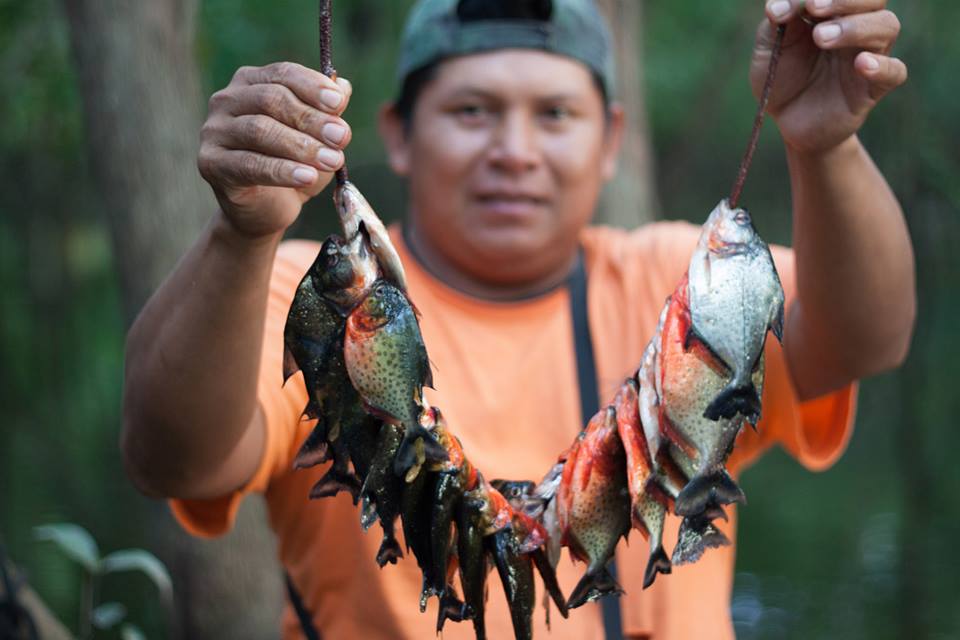
2. Put your camera away.
When you see someone pointing a camera at you do you feel comfortable and act natural? Probably not. Aside from this, when you are constantly viewing your surroundings through a tiny view finder you miss the larger story.
Get a sense of the space, the people, the smells, the colors, the sounds. Take it in through all of your senses and focus on building relationships with the people around you. This will allow you to deepen into the experience and ultimately get a better shot in the long run.
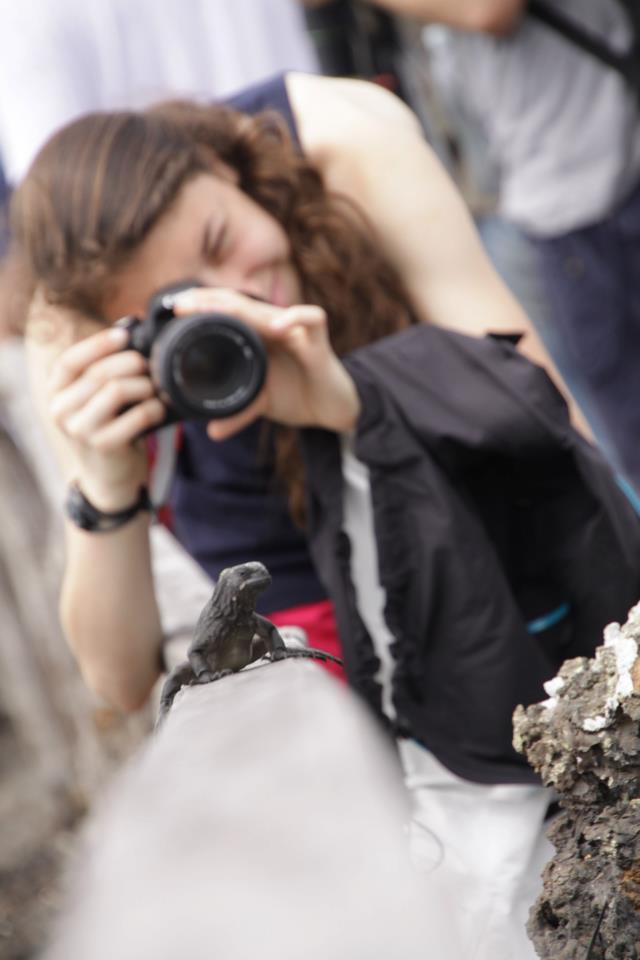
3. Say pleaaaaaase!
Traveling in places without knowing the language can be intimidating. Bring a language dictionary with you and learn a few basic phrases to help lighten the mood. Also, learn how to ask “can I take your photo, please?” This will go a long way with relationships.
If you don’t know the language at all, gestures are universal and can communicate a lot. So don’t freeze up, but rather engage in your surroundings through language.
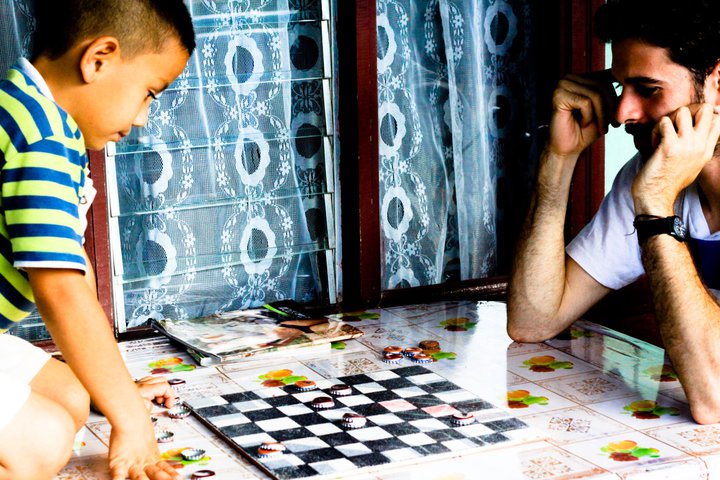
4. Stay a while.
In order to really capture a story you have to know the story. Taking photos from the windows of an air-conditioned bus as you drive through a small village doesn’t allow you the time to really know what is going on.
Sometimes it takes days, weeks, even months to truly understand the people and places with whom you are interacting. Really dive into the culture you’re visiting. Aside from capturing some inspiring images, this process will inevitably expand your awareness of the culture you are immersed in.
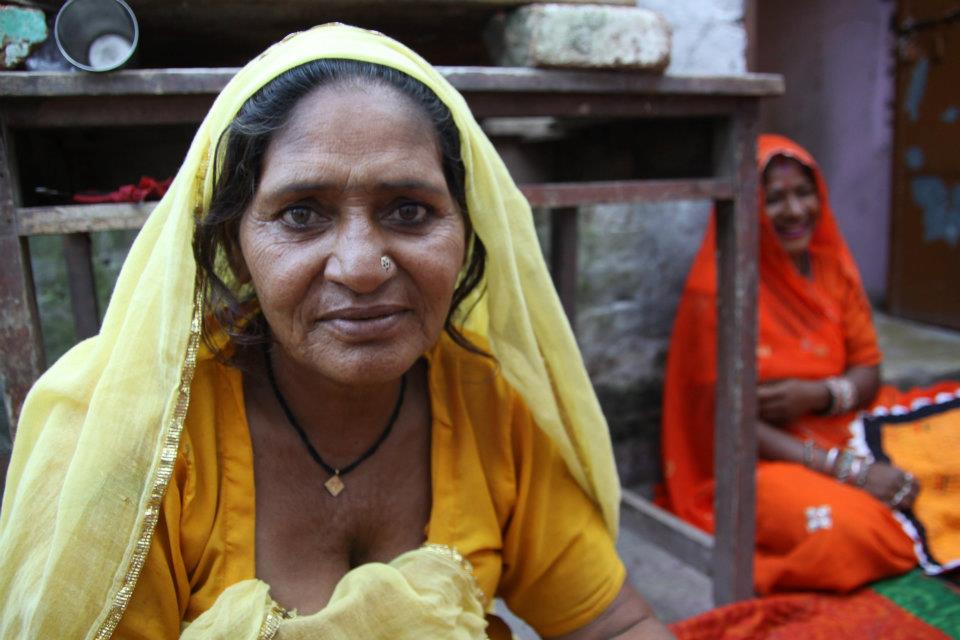
5. Leave no trace.
In order to get the perfect shot you do not have to harm the environment around you. Climbing on ancient rocks to get a sunset photo, feeding wild animals to get a close up, or taking a photo of a sacred site leaves a trace.
Many of us have been in this predicament before– wanting that photo of the ceiling in the Sistine Chapel or tramping on the roots of the trees at Angkor Wat to get the right angle is disrespectful to the people and the environment. So next time you want to get that great shot, think about what the consequence might be first.
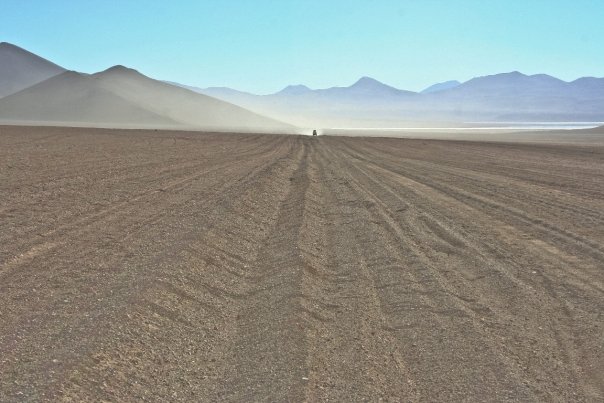
Ultimately, the real essence of travel photography shares stories with the world. By applying these tips you’ll be able to get not only some great photos but some real, authentic stories.
When’s a time you feel you got a great shot – or really told a story? Where were you?
—
Simone Levine is the former director of the South Pacific semester and the Latitudes Year program at Carpe Diem Education. Whether traveling the world teaching photography for National Geographic Student Expeditions or digging deeper into her community in Portland, Simone is a passionate photographer and storyteller. For more travel photography, check out our Fall 2014 & Spring 2015 Alumni photo contests! All photos by the author.
